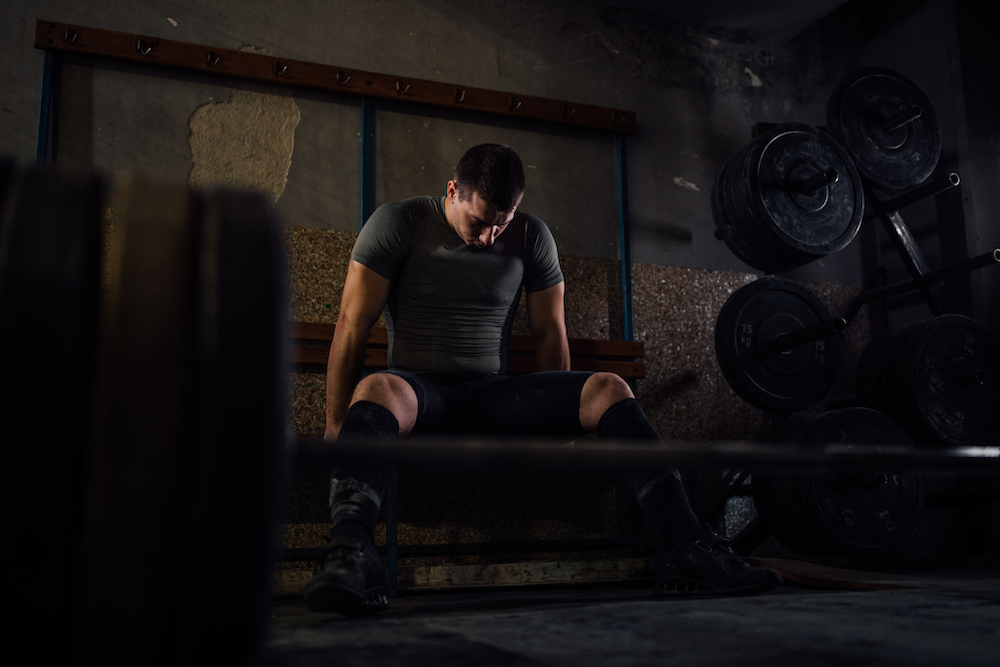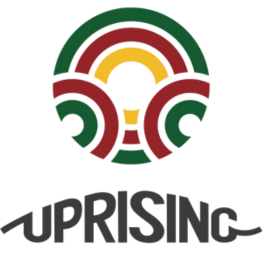
02 Apr Resilience in motion: What surf and ski teach us about recovery and adaptation
Resilience is often seen as a mental trait—the capacity to bounce back, stay focused, or stay calm under pressure. However, resilience also resides within the body. It’s in how we move, recover, adapt, and continue forward after stress or impact. Whether on the slopes or in the water, the physical experiences of challenge reveal something fundamental: resilience isn’t just a mindset—it’s a combination of motion, recovery, and intelligent response.
Surfing and skiing offer some of the clearest mirrors for how the body learns to adapt. The terrain is unpredictable, and conditions shift. You fall, reset, and try again. Each movement, impact, and recalibration shapes the body’s ability to perform and heal.
Adaptation begins where stress meets recovery
Physical resilience starts with controlled exposure to stress. Every intense session—whether from altitude, cold, speed, or impact—triggers an internal recalibration. Muscles tear and repair, the nervous system adapts, and breathing becomes more efficient. Recovery isn’t passive—it’s where progress begins.
Recovery and adaptation form a biological partnership: effort signals the need for change, and recovery is the phase during which change occurs; without recovery, adaptation stalls, and performance plateaus.
The science behind this is clear: deliberate, functional recovery enhances performance far more than training volume alone. Systems that integrate stress and recovery with intention are more durable physically, emotionally, and neurologically.
Natural forces train the nervous system differently
There’s a significant difference between training in a controlled environment and adapting to the elements. A wave never breaks the same way twice. The snow beneath your feet can shift instantly. In these environments, the body becomes a live feedback system. Reflexes sharpen. Balance, breath, and presence become essential—not just for performance, but for safety.
Constant recalibration of body and breath is a form of functional adaptation that increases awareness, agility, and resilience under pressure. Over time, this leads to sharper proprioception, quicker reflexes, and greater composure—not only in sport but also in daily life.
These are not just physical upgrades—they are nervous system upgrades. Environments that demand constant adaptation lead to bodies that are better equipped to adjust, absorb stress, and continue forward with clarity.
Resilience is not just endurance— it’s elasticity
Resilience isn’t about grinding through fatigue. It’s about being able to shift, pivot, and recover without losing momentum. It’s physical flexibility meeting emotional regulation. The strongest bodies aren’t the stiffest—they’re the ones that can absorb stress and redirect it without breaking.
Resilience in motion is built through cycles of effort and release. Tension and recovery. Push and pause. Over time, the body doesn’t just tolerate more—it becomes more efficient at using energy, resisting injury, and moving intelligently under pressure.
The concept applies far beyond the body. Global resilience frameworks suggest that sustainability in any system comes not from force, but from the ability to absorb impact, reorganize, and move forward stronger.
The recovery response is trainable
Recovery is not downtime—it’s where the real transformation takes place. Training recovery means training awareness of breath, sensation, and timing. It means understanding when and how to slow down.
Recovery strategies include breathwork to calm the nervous system, cold exposure to reduce inflammation, active movement to enhance circulation, and mobility work to restore range. These aren’t just feel-good additions—they are performance tools.
The benefits go beyond the body. Psychological recovery supports emotional regulation, improves focus, and stabilizes mood. A rested body is more responsive, and a responsive body is a resilient one.
The environment is the teacher
What makes surfing and skiing such powerful teachers of resilience is their unpredictability. These sports demand that you read, respond, and reset—in real time. You stop resisting the environment and start moving with it. Over time, your body doesn’t just survive the challenge—it learns from it.
This kind of embodied intelligence doesn’t fade when the session ends. It carries over into how you handle stress, change, and uncertainty elsewhere. The principles that govern physical resilience apply across systems: in nature, communities, organizations, and your own habits.
Resilience isn’t just bouncing back—it’s adapting, reorganizing, and showing up again with greater capacity.
Resilience isn’t built in stillness—it’s built in motion
The most significant gains don’t come from effort alone, but from how we recover in between. Most training programs focus on intensity. However, intensity without structured recovery can lead to plateaus or injury. What’s missing is deliberate recovery that supports adaptation.
True resilience is a dynamic process. It’s found in the recalibration after a hard session, in the breath that resets the nervous system, and in the choice to show up the next day with better awareness, not just more willpower. It’s in the rhythm of rest and rise.
The same principle applies on a larger scale. From climate adaptation to organizational resilience, the most sustainable systems don’t push harder—they recover smarter.
Resilience is not static. It’s a moving rhythm—shaped by tension, restored in recovery, and strengthened with each cycle of adaptation. The slopes, the sea, and life itself all ask the same thing: Can you respond, not just react? Can you restore, not just endure?
Train for strength. Train for speed. But above all, train to recover—because recovery is what makes the next effort possible.






No Comments